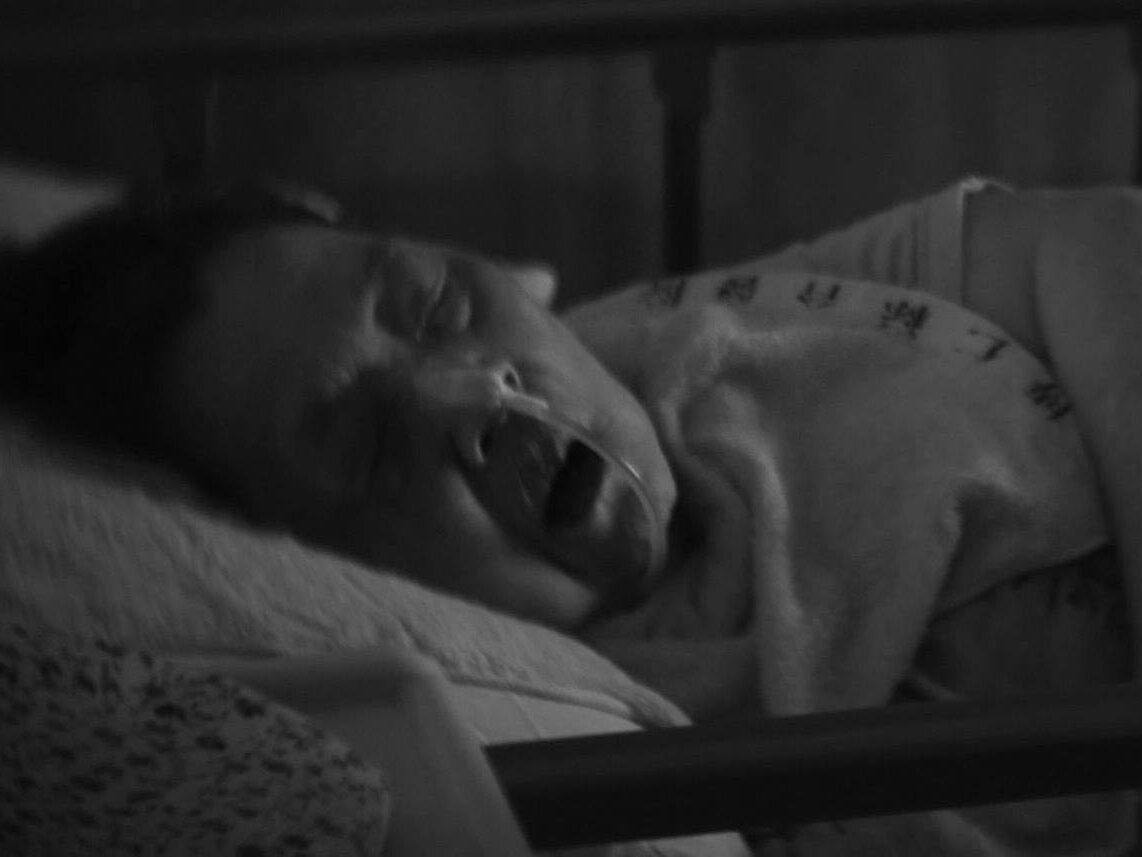An international team of researchers was awarded a five-year, $26.5-million USD grant from the National Institutes of Health.
THUNDER BAY – Dr. Pauline Sameshima, Lakehead University’s Canada Research Chair in Arts Integrated Studies, is part of an international team of researchers awarded a five-year, $26.5-million USD grant from the National Institutes of Health to try a new strategy for curing HIV.
“I’m thrilled to be part of this project, it’s a huge collaboratory, we we’re in the kick-off this morning and there were over a hundred people, I know there are six countries involved,” said Sameshima,
“We were just online this morning with people from different time zones, and I’m astounded by the brilliance of the folks, we’re talking about science that’s really cutting edge.”
Sameshima will be a co-investigator working alongside Dr. Patricia Defechereux, the community engagement coordinator at the HIV Obstruction by Programmed Epigenetics collaboratory, to develop the Community Arts Integrated Research plan.
“It is so exciting to be part of this multi-disciplinary team of researchers that is taking this new approach to curing HIV,” said Sameshima.
“My role on this team demonstrates the importance of educators on research teams and the necessity for collaborative interdisciplinary, diverse, and inclusive perspectives being valued in high-level research.”
Utilizing the Parallaxic Praxis research model, which invites multiple perspectives and recognizes different forms of learning through artful and creative ways, Sameshima and Defechereux will work with community members to create innovative CAIR approaches that will not only enable the development of an HIV cure curriculum that resonates at local levels in different countries, and among historically under-represented groups in HIV research and educational effort, but also allow for the scientists and medical field to learn about the needs of the populations they serve.
The multi-institution collaboratory will be led by researchers at Gladstone Institutes, Scripps Research Florida, and Weill Cornell Medicine. Their approach, which aims to both silence and permanently remove HIV from the body, takes advantage of knowledge about how other viruses have become naturally inactivated over time.
“This is a fundamentally different approach to targeting HIV than what everyone else has been trying,” said Dr. Melanie Ott, Director of the Gladstone Institute of Virology, and the program director and a principal investigator of the HOPE Collaboratory.
“I think it’s extremely important for us to explore a broad range of scientific approaches to find the best cure for people living with HIV, as quickly as we can.”
The CAIR approach will see insights from communities disproportionately affected by HIV shared with scientists and others to develop new, culturally relevant community-generated curricula based on the HOPE scientific plan. The curricula will include stories, plays, documentaries, paintings, poetry, and other modes to stimulate conversation, provoke thinking, and provide feedback.
These works will provide knowledge to communities and scientists on how to communicate HIV cure research to the broader public in multiple forms people may understand. Imaginative lay-language for HIV cure will aid community understanding, satisfaction, and acceptance of research and ultimately HIV cure(s).
Sameshima will play a lead role in creating the HIV cure education curriculum (in collaboration with Defechereux, the HOPE scientific team, community partners and community members) to be used in the arts activities. She will design study cohorts; host CAIR training for HOPE staff who will conduct research; and co-lead the focus group cohorts with participants in the United States and other international sites. She will also conduct data analysis (in collaboration with artists and students) and art-making collectives.
source tbnewswatch
分類
